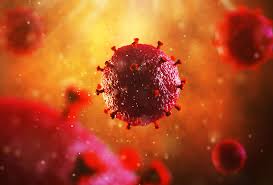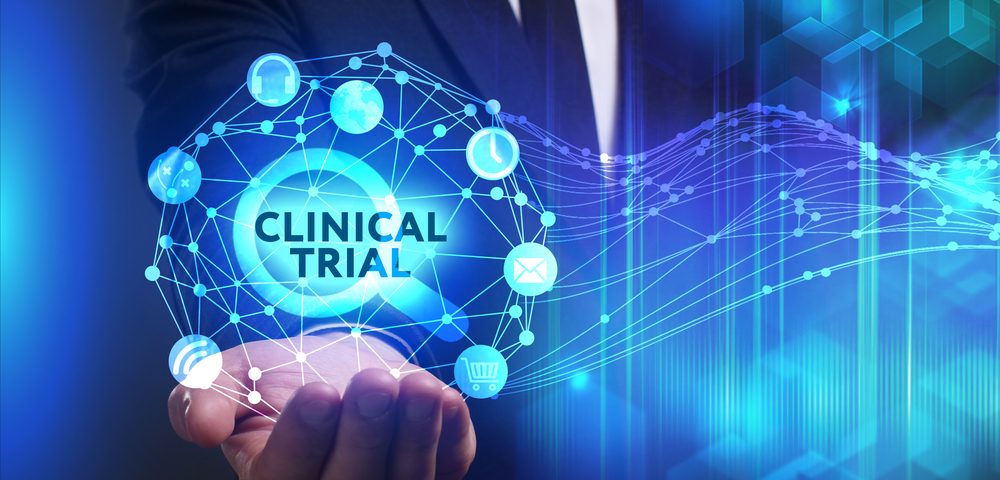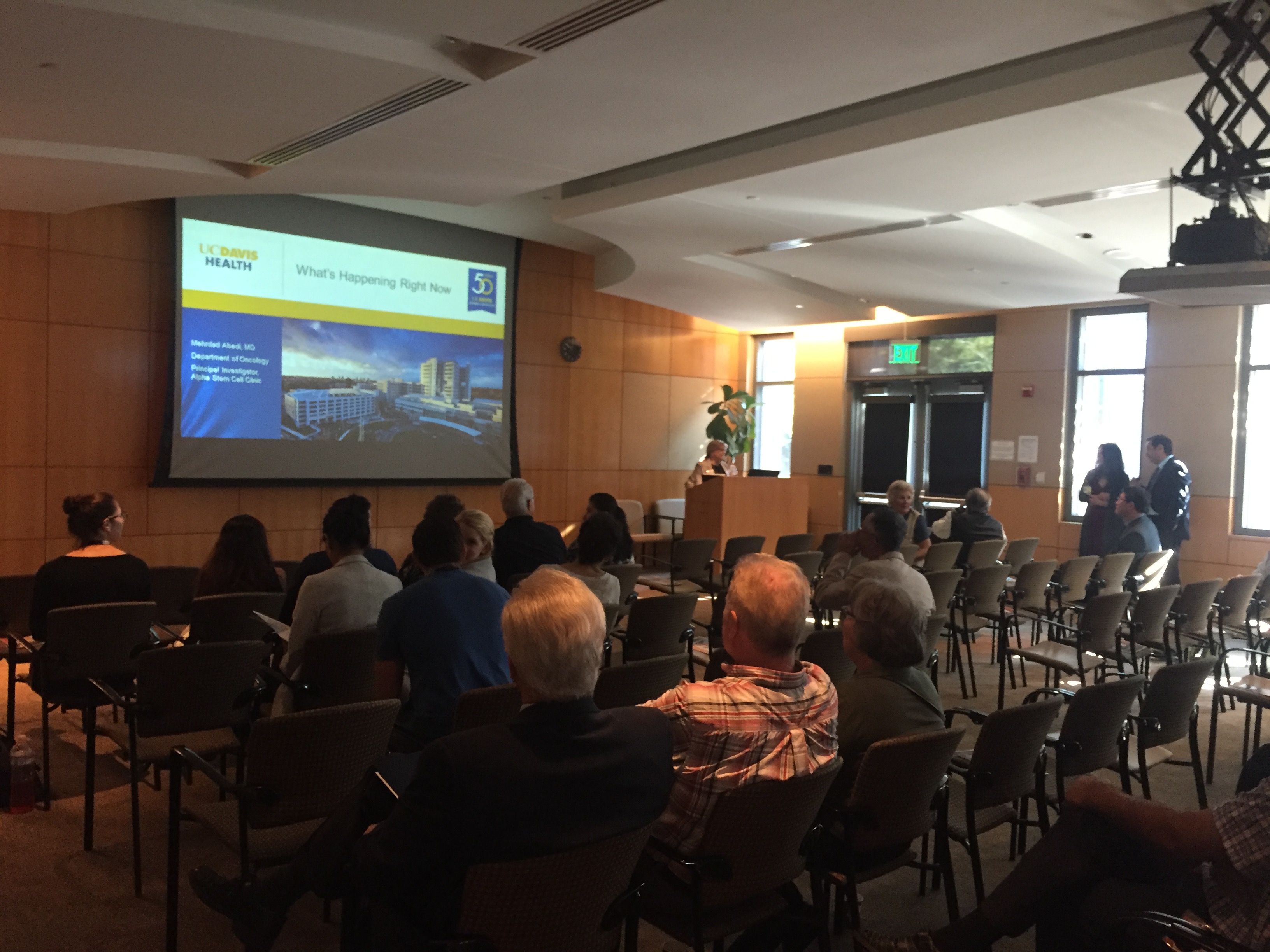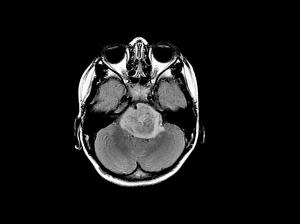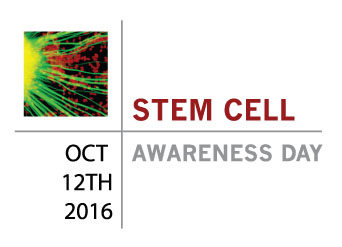
To all you stem cell lovers out there, today is your day! The second Wednesday of October is Stem Cell Awareness Day (SCAD), which brings together organizations and individuals that are working to ensure the general public realizes the benefits of stem cell research.
For patients in desperate need of treatments for diseases without cures, this is also a day to recognize their struggles and the scientific advances in the stem cell field that are bringing us closer to helping these patients.
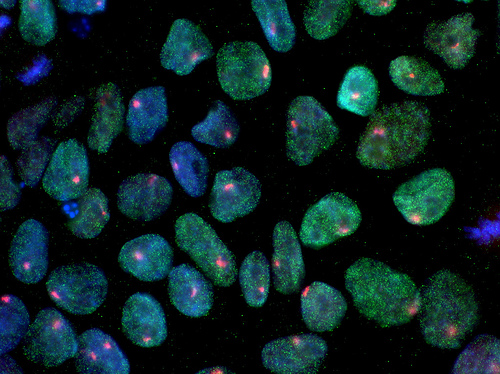
Induced pluripotent stem cells.
How are people celebrating SCAD?
This year, a number of institutes in California are hosting events in honor of Stem Cell Awareness Day. Members of the CIRM team will be speaking on Saturday about “The Power of Stem Cells” at the Buck Institute for Research on Aging in Novato (RSVP on Facebook) and at the Berkeley Student Society for Stem Cell Research Conference in Berkeley (RSVP on Eventbrite). There are also a few SCAD events going on this week in Southern California. You can learn more about these all events on our website.
You can also find out about other SCAD celebrations and events on social media by following the hashtag #StemCellAwarenessDay and #StemCellDay on Twitter.
Super Cells: The Power of Stem Cells

Super Cells exhibit at the Lawrence Hall of Science
Today, the CIRM Stem Cellar is celebrating SCAD by sharing our recent visit to the Lawrence Hall of Science, which is currently hosting an exhibit called “Super Cells: The Power of Stem Cells”.
This is a REALLY COOL interactive exhibit that explains what stem cells are, what they do, and how we can harness their power to treat disease and injury. CIRM was one of the partners that helped create this exhibit, so we were especially excited to see it in person.
Super Cells has four “high-tech interactive zones and a comprehensive educational guide for school children ages 6-14”. You can read more details about the exhibit in this promotional handout. Based on my visit to the exhibit, I can easily say that Super Cells will be interesting and informative to any age group.
The exhibit was unveiled on September 28th, and the Hall told us that they have already heard positive reviews from their visitors. We had the opportunity to talk further with Susan Gregory, the Deputy Director of the Hall, and Adam Frost, a marketing specialist, about the Super Cells exhibit. We asked them a few questions and will share their interview below followed by a few fun pictures we took of the exhibit.
Q: Why did the Lawrence Hall of Science decide to host the Super Cells exhibit?
The Lawrence Hall of Science has a history of bringing in exciting and engaging traveling exhibitions, and we were looking for something new to excite our visitors in the Fall season. When the opportunity presented itself to host Super Cells, we thought it would be a good fit for our audience. Additionally, the Hall is increasing its programming and exhibits in the fields of biology, chemistry and bioengineering.
Q: What aspects of the Super Cells exhibit do you think are valuable to younger kids?
We strive to make our exhibit experiences hands-on and interactive. The Hall believes that the best way for kids to learn science is for them to be active in their learning. Super Cells offers a variety of elements that speak to our philosophy of learning and make learning science more fun.
Q: How is exhibit similar or unique to other exhibits you’ve hosted previously?
The Hall hosts and develops exhibits across a broad range of scientific, engineering, technology and mathematical topics. We are always looking for exhibits that address recent scientific advances, and also try to showcase cutting edge research.
Super Cells presents both basic cell biology and information about recent medical and scientific advances, so it fits. Also, as mentioned in our behind the scenes story about the exhibit install, in the past many of our traveling exhibits were very large experiences that tended to take up a lot of space on the museum floor. One thing that is great about Super Cells is that it packs a lot of information into a relatively small space, allowing us to keep a number of experiences and activities that our audience has come to love on the floor, instead of removing them to make room.
Q: Will there be any special events at the Hall featuring this exhibit?
On November 11, the Hall will host a fun day of activities centered around DNA and the exhibit. Younger visitors will make DNA bracelets based on the unique traits in their genome, while older kids will isolate their own DNA using a swab from inside their cheek. We are still finalizing the details of this event, but it will definitely happen.
Q: Why do you think it’s important for younger students and the general public to learn about stem cells and stem cell research?
As UC Berkeley’s public science center, the Hall is committed to providing a window into cutting edge research and the latest scientific information. We think it’s really important for people and kids to learn about the skills and science behind current research so they can be prepared for a future of incredible scientific challenges and opportunities that we can’t foresee.
Super Cells will be open at the Lawrence Hall of Science until November 27th, so be sure to check it out before then. If you don’t live in California, don’t worry, Super Cells will be traveling around the U.S., Europe and Canada. You can find out where Super Cells is touring next on their website.
We hope you enjoy our photos of the Super Cells exhibit!










